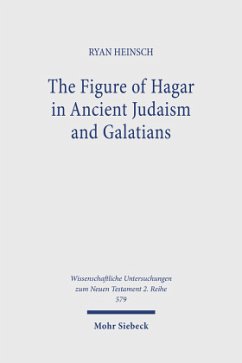To date, scholarly study of the allegory of Hagar and Sarah in Galatians 4:21-31 has not paid adequate attention to the way Paul's use of the story - chiefly in relation to the figure of Hagar - can be located within streams of ancient Jewish tradition. In this study, Ryan Heinsch fills this scholarly gap by considering Paul's allegorical portrayal of the figure of Hagar in Galatians 4:21-31 within the context of ancient Judaism. The author argues that Paul stands in continuity with - rather than against - ancient Judaism in that he, like other Jews in antiquity, portrays Hagar and her descendants as non-Jews. As a result, the author demonstrates further that Galatians 4:21-31 is not to be read as a polemic against Jews, Jewish Christ-followers, or the continuing validity of the Jewish law (as is common among interpreters), but rather, that Galatians 4:21-31 is an allegory Paul develops about the experience of gentiles in general and the once pagan Galatian gentiles in particular.
Bitte wählen Sie Ihr Anliegen aus.
Rechnungen
Retourenschein anfordern
Bestellstatus
Storno








